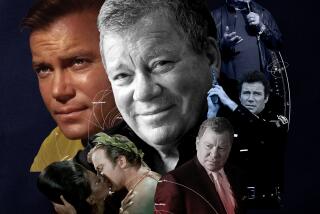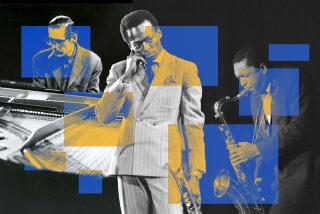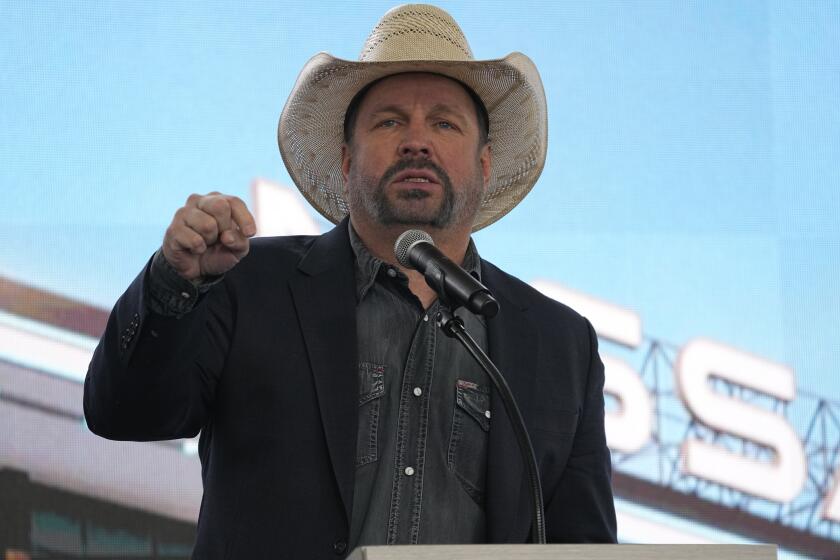High skill but little joy in tribute to Billy Higgins
The word that always came to mind when I heard drummer Billy Higgins play was “joy.” There are plenty of jazz musicians who play with spirit and dedication, but Higgins, who died in May 2001, operated at a different level of enthusiasm. Smiling broadly, eyes sparkling, he radiated musical intensity, bringing every piece he encountered -- from wildly roaming free jazz to the colorful atmospherics of world music -- vividly alive.
Higgins’ association with Charles Lloyd was a blessing for the saxophonist, a combination in which Higgins’ buoyant energy brought vigor and expansiveness to Lloyd’s tendency to wander through thickets of interior searching. And on Friday night at UCLA’s Royce Hall, Lloyd celebrated the magic of that association in a program titled “Which Way Is East: Homage to Master Billy Higgins.”
The focus of the program was music inspired by several intimate sessions that Higgins and Lloyd recorded (for ECM Records) in Lloyd’s home three months before Higgins’ death. In an effort to link the Royce performance with those sessions, the concert was preceded by video excerpts from a documentary titled “Home,” produced by Lloyd’s wife, Dorothy Darr.
Unfortunately, the visuals of the spontaneous Higgins-Lloyd duets were marred by amateurish double exposures and unnecessary, distracting shots of the ocean. But they nonetheless provided compelling illustrations of the intense creative dynamic that existed between the pair.
The live portion of the concert, fascinating at times on its own terms, was only occasionally successful in sustaining a connection with Higgins. Guest artist Zakir Hussain, a virtuosic Indian tabla player, exhibited a rhythmic passion that -- although very different from Higgins’ style and manner -- mirrored his combination of precision and propulsiveness. And there were moments in which Lloyd, interacting with drummer Eric Harland, found a few echoes of his musical experiences with Higgins.
There was, in addition, the presentation of a pair of poems read by poet Kamau Daooud -- insightful renderings of the layered complexities of the jazz life, as experienced by Higgins and numerous others.
The majority of the music, however, was dedicated to lengthy -- at times too lengthy -- segments of wide-open improvising. Curiously, Lloyd displayed more effectiveness on alto sax than his usual tenor instrument. Pianist Geri Allen was consistently intriguing in her too-brief solos, and bassist Reuben Rogers was a model of solid rhythmic support. Despite the high skill level, what was missing was the very essence of what the evening was all about -- the passion, the spirit, the enthusiasm and the joy of Billy Higgins.
More to Read
The biggest entertainment stories
Get our big stories about Hollywood, film, television, music, arts, culture and more right in your inbox as soon as they publish.
You may occasionally receive promotional content from the Los Angeles Times.









